25 Tech Companies On Their Return-To-Office Plans
CRN rounds up what 25 tech companies, from Google and Microsoft to Apple and D&H Distributing, are implementing for return-to-office measures whether its remote, in-office or hybrid.

The COVID-19 pandemic has forever changed how professionals work, and in 2023 about a third of the American workforce is working remotely, according to a Pew Research Center survey that was released in March.
In January 2022, 43 percent of Americans were working remotely compared to 55 percent in October 2020.
The survey also found that 41 percent of individuals who can work remote opt to work a hybrid schedule, which is up from 35 percent in January 2022.
The IT industry mirrors these numbers with companies offering remote, hybrid or in-office work, or a mix of all three to its employees.
At D&H, the Harrisburg, Pa. IT distribution firm, employees can choose a flexible work schedule that best fits their professional needs.
“D&H focuses on its ‘Flex Forward’ philosophy. This prioritized flexibility and forward thinking in implementing an ongoing plan, which consists of a combination of on- and off-site workers,” a D&H spokesperson told CRN. “We have always prioritized work-life balance and are still doing so via hybrid schedules.”
Some companies, like Seattle-based vendor Syncro, is fully remote as CEO Emily Glass said its “employees appreciate the flexibility and we are able to hire the best talent and use more of our resources on improving the platform for our partners instead of on an office lease.”
Others, like Irvine, Calif.-based distributor Ingram Micro has returned to in-office work but offers its employees a hybrid schedule.
The conversation around return-to-work, or to stay remote, has not let up. In fact, the Biden administration put forth new guidance on Thursday for federal workers to increase in-office work which will be assessed regularly for changes and improvements, according to a statement from The White House.
While some channel companies have changed their work policies throughout the pandemic, others have narrowly shifted how they want their employees to work.
Here are 25 channel-related companies and their return-to-office policies.

25. Akamai
Hybrid
Headquarters: Cambridge, Mass.
FlexBase, Akamai’s permanent global flexible working program, gives 95 percent of its employees the choice to work from their home, their office or both.
“After launching our FlexBase program in May 2022, currently, 96 percent of Akamai’s nearly 10,000 employees have complete flexibility to choose where they work, either at home, in the office or a combination of both,” Anthony Williams, EVP and chief human resources officer for Akamai said in a statement. “We believe in giving our employees the power of choice, so they can decide to work where they perform at their best.”
The FlexBase program was created during the COVID-19 pandemic out of employee feedback to “support them now and into the future.” It also helps to attract talent as Akamai said a 69 percent increase in applicants per hire since the program launched.
Quarterly feedback has also indicated that the program has helped employees continue to be productive.
“The flexibility saves a lot of energy and hassle that helps me direct more focus on the actual work that needs to be performed,” Williams said.

24. Amazon
Moving to in-office
Headquarters: Seattle, Wash.
In February, Amazon CEO Andy Jassy shared a message to employees that the company will be moving back to an in-office workforce, effective May 1.
“It’s not simple to bring many thousands of employees back to our offices around the world, so we’re going to give the teams that need to do that work some time to develop a plan,” Jassy said in a message to employees. “We know that it won’t be perfect at first, but the office experience will steadily improve over the coming months (and years) as our real estate and facilities teams smooth out the wrinkles, and ultimately keep evolving how we want our offices to be set up to capture the new ways we want to work. I know people will have questions about how this change will be implemented. We’ll be finalizing those details in the coming weeks, so please check Inside Amazon for those updates.”
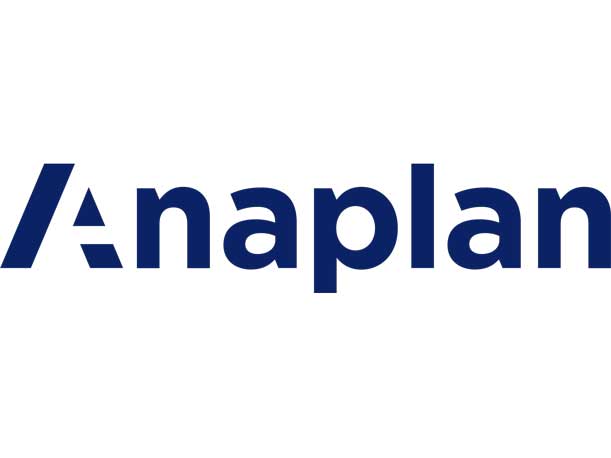
23. Anaplan
In-office, but flexible
Headquarters: San Francisco, Calif.
For Anaplan, flexibility is a cornerstone of its culture, according to a statement from the software company.
“However, we believe that bringing employees together can enhance collaboration and innovation and help teams build connections,” the statement continued.
It recently kicked off a pilot program called Collaboration and Innovation Days, which brings local teams together, in person, on a regular basis to enable teams to test different ways of working together in person, while still giving them flexibility.
“Since the pilot launched, we’ve also been hosting more events in our offices, and employees are sharing pictures on Slack and LinkedIn from their time together,” the company stated. “Whether it’s a rooftop lunch in San Francisco or a morning espresso in Paris, it’s energizing to see the organic interactions that have already taken place.”
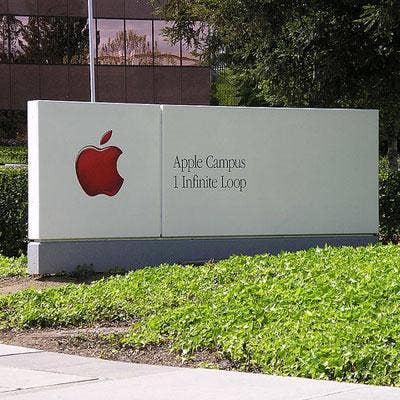
22. Apple
In-office and hybrid
Headquarters: Cupertino, Calif.
In March 2022, Apple announced its plan to send its global workforce back to in-office in a phrased approach beginning last April, but that move was stalled in May 2022 as COVID-19 cases surged around the country.
“For many of you, I know that returning to the office represents a long-awaited milestone and a positive sign that we can engage for fully with the colleagues who play such an important role in our lives,” CEO Tim Cook said to employees in March before COVID-19 cases increased. “For others, it may also be an unsettling change. I want you to know that we are deeply committed to giving you the support and flexibility that you need in this next phase.”
In May, the tech giant started with one day a week and eventually moved to three days a week in office.

21. Check Point Software Technologies
Hybrid
Headquarters: San Carlos, Calif.
“Check Point implements a variety of strategies to promote employee satisfaction and wellbeing,” said a spokesperson for the company. “We offer a hybrid work model, fully supporting the level of collaboration required, with department or manager discretion on working in the office or virtually. Over the last three years, this has encouraged employees to achieve a healthy work-life balance. Moreover, we abide by local laws in each office.”
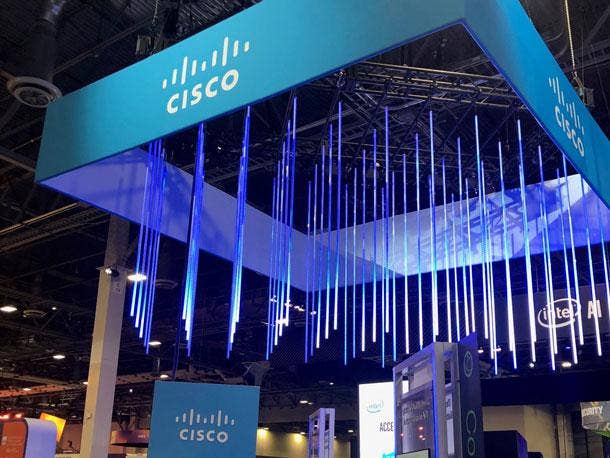
20. Cisco
Hybrid
Headquarters: San Jose, Calif.
“Cisco has long been a hybrid organization with 50 percent of our employees coming to the office daily before the pandemic,” a spokesperson for the company said. “The past few years have brought about a radical transformation in the way we work, interact and access services.”
The hybrid work environment allows team members to decide what works best for their own collaboration. The company is moving toward having 30 percent of its office space for individual workspaces and 70 percent for groups and collaboration. It’s new Atlanta office, which opened this month, has 49,000 square feet of usable space including 87 hot desks, 115 collab-enabled spaces and zero personal offices, making the space “a magnet, not a mandate.”
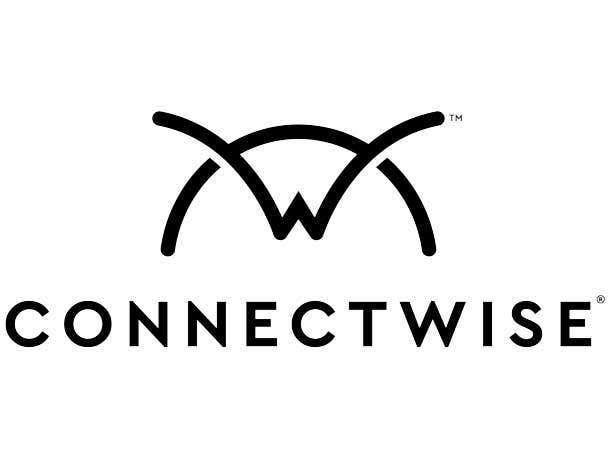
19. ConnectWise
Hybrid
Headquarters: Tampa, Fla.
“As a global company, we believe having more of us together, more often, will help us better empower our partners with what they need to achieve success and helps us deliver on our promise we made to them to make it easier to do business with us,” said Jen Locklear, chief people officer. “We’re beginning to introduce an updated approach to hybrid work, where we’re asking our leaders in close proximity to our offices to work from the office 3-4 days a week, with flexibility to work from home 1-2 days a week. We are committed to maintaining a hybrid model that allows colleagues the flexibility to work in ways best for their team and personal needs.”

18. D&H
Hybrid
Headquarters: Harrisburg, Pa.
“D&H focuses on its “Flex Forward” philosophy,” a spokesperson for the company said. “This prioritized flexibility and forward thinking in implementing an ongoing plan, which consists of a combination of on- and off-site workers. We have always prioritized work/life balance and are still doing so via hybrid schedules.”
The company has purpose-built occasions for in-office engagements and collaboration including “Winning Wednesdays” every week that offer opportunities for teams to come in and engage in whatever capacity they would like, including scheduling fundraisers or team-building activities. The company also offers in-person and virtual vendor and technology trainings.
D&H’s new two-building campus, which opened in late 2019, has space to leverage large scale engagements as well.
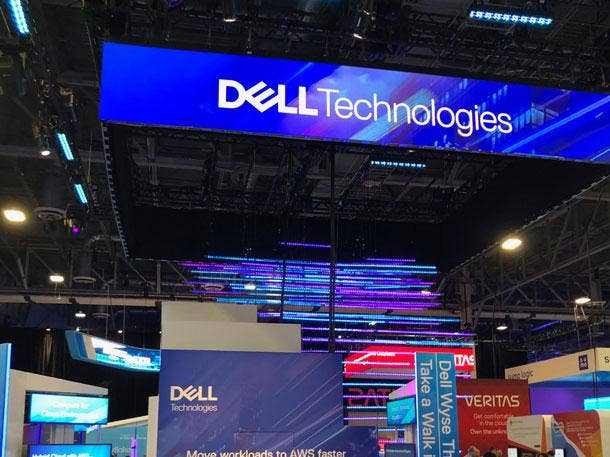
17. Dell Technologies
Hybrid, flexible
Headquarters: Round Rock, Texas
In a September LinkedIn post, Michael Dell, CEO of Dell Technologies said the company is committed to allowing team members around the world choose the work style that best fits their lifestyle whether it be remote, in-office or hybrid.
“Our business results show it’s working for us, and I believe this model will eventually be embraced as the future of work,” he said in the post. Even several of my fellow tech industry CEOs have pushed to get their teams back into physical offices ‘to engage more fully’ or be a more visible presence. If you are counting on forced hours spent in a traditional office to create collaboration and provide a feeling of belonging within your organization, you’re doing it wrong.”

16. Google
Hybrid
Headquarters: Mountain View, Calif.
In April 2022, Google employees were required to return to the office at least three days per week but were told they could request to work fully remote.
“Our hybrid model balances the best of being together in person and being anywhere — where teams can intentionally come together to collaborate and connect in the office and spend the other days working from wherever best suits their needs,” a memo to employees stated at the time.
Along with transitioning to a hybrid model, employees could request extra time as well as “explore flexible work options including ‘work from anywhere’ weeks” or a location change.
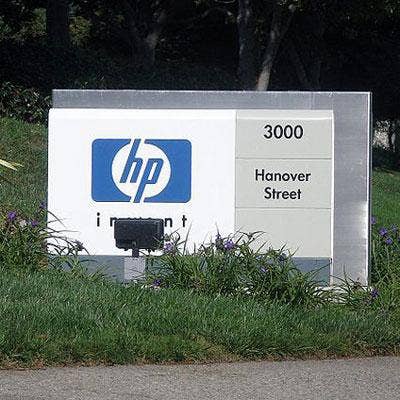
15. HP
Hybrid
Headquarters: Palo Alto, Calif.
“We have embraced a hybrid work model across HP and the majority of our employees have hybrid roles, meaning they split their time between office and remote work,” a spokesperson for the company said. “The exact split varies by role and location, and we empower our managers to develop the best approach for their teams. Many of our customers have taken a similar approach, which is why hybrid work solutions represent such a significant growth opportunity for HP and our channel partners.”
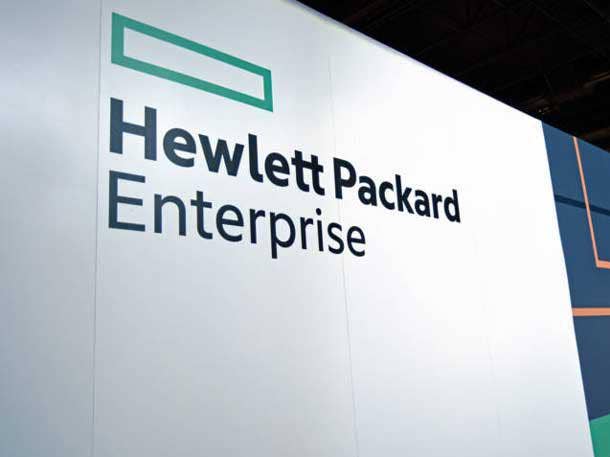
14. HPE
Flexible
Headquarters: Houston
HPE has encouraged all of its team members to do more in-person interaction to “foster collaboration, innovation and development.”
“As we continue to cultivate a high-performance culture, we want our teams to be thoughtful and coordinated about how and when they come together in the office so they can reap the benefits of in-person engagement,” the company stated. “To facilitate this, we have asked our people leaders to involve their teams in the creation of new ‘team norms’ and best practices for working together. As part of this exercise, teams are aligning on when they will meet, in the office and virtually, and how they use that time together.
“They’ll also align on norms related to how to use collaboration tools, how to create an inclusive environment where everyone is seen and heard and how to make space for professional development and personal wellness,” the statement continued. “The goal of team norms is to create an environment where our people succeed together.”
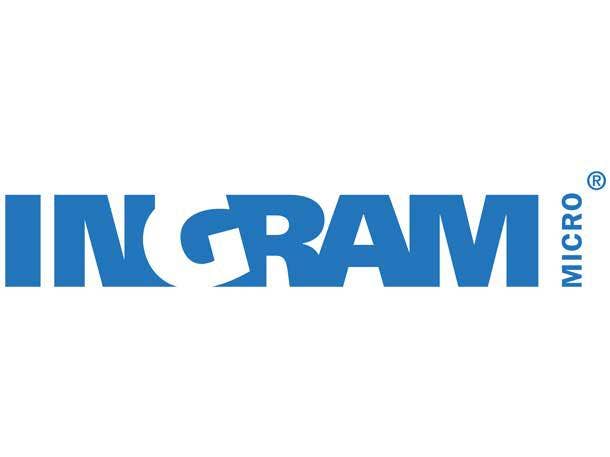
13. Ingram Micro
In-office and hybrid
Headquarters: Irvine, Calif.
Ingram Micro has returned to in-office work but offers flexibility to its employees who are able to and wish to work on a hybrid schedule to support the needs of its associates and its business.
“With the evolving world of work, Ingram Micro introduced and continues to innovate on a flexible working framework to ensure our team continues to collaborate and lead with a purpose-driven, inclusive culture,” said Scott Sherman, EVP of human resources at Ingram Micro. “This framework provides work flexibility to meet the needs of our diverse and growing workforce. It’s geared to maximize team productivity, innovation, collaboration and relationship-building with individual preferences to allow our associates to maximize their productivity and better integrate work/home/life.”

12. Intel
Hybrid
Headquarters: Santa Clara, Calif.
Intel is creating its future as a “hybrid-first” company and is focused on a dynamic, flexible and inclusive workplace that enables its more than 110,000 employees to do their best work.
“We want employees and their managers to partner to determine the work location and model that drives the best results for their type of work,” said Christy Pambianchi, EVP and chief people officer. “This might mean working from home to focus on a priority project or working on-site where the in-person use of upgraded collaboration spaces and new tools can be an asset.
“Our goal is to enable remote and on-site work where it drives the best output, while ensuring everyone has equitable access to the systems, resources, and opportunities needed to thrive,” she added. “Over the past 20 months, we have learned we can be incredibly successful virtually, but we believe human connection fuels innovation.”

11. Lenovo
Hybrid
Headquarters: Morrisville, N.C.
In October, Lenovo required its employees to return to the office at least three days a week, CRN previously reported. The company has about 5,100 employees in the U.S. and had a voluntary hybrid schedule plan since April 2022.
“We recognize that great things happen when people connect,” Lenovo executive vice president Kirk Skaugen said in a statement to the Raleigh News & Observer at the time. “Since its beginnings, our global company has thrived as a hub of groundbreaking technical innovation due to its focus on cultivating employees’ skills and promoting strong cross-team collaboration, while also providing space for important team camaraderie.”
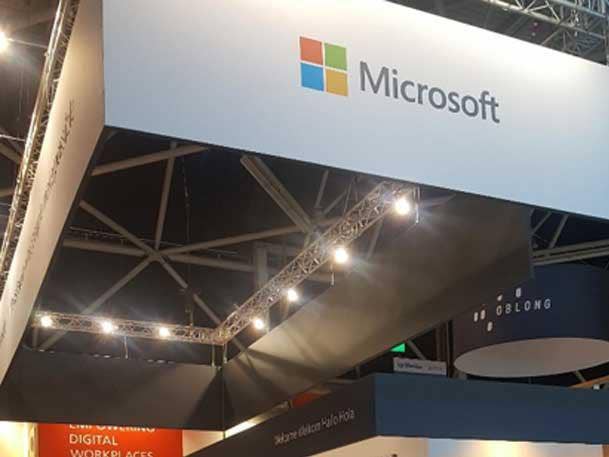
10. Microsoft
Flexible hybrid
Headquarters: Redmond, Wash.
“Our guidance is to help employees plan ahead for the future,” a statement from the company said. “For now, returning to many of our offices around the world is still optional for employees, except for essential onsite roles. While we’ve shared that we will challenge long-held assumptions and seek to be on the forefront of what is possible leveraging technology, we have also communicated that we are not committing to having every employee work from anywhere, as we believe there is value in employees being together in the workplace. We will continue to evolve our approach to flexibility over time as we learn more.”
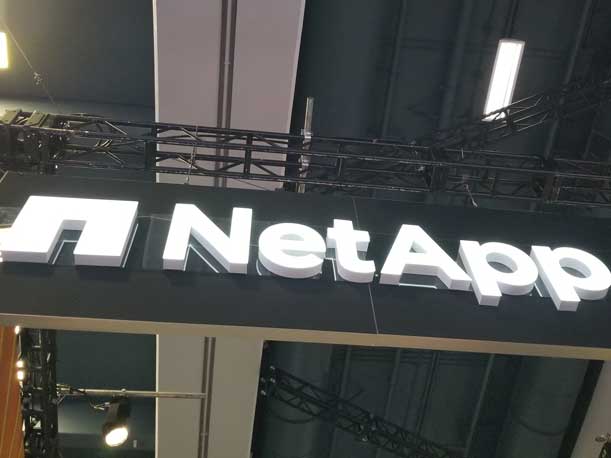
9. NetApp
Hybrid
Headquarters: San Jose, Calif.
“At NetApp, flexible work is here to stay. Company-mandated in-office hours or work locations aren’t really our style,” the company stated. “With our Thrive Everywhere approach, we’re empowering employees to work with their managers and teams to make their own decisions about where, when, and how they work. We believe doing so enables both the best business outcomes as well as the best personal outcomes.”

8. Pax8
Hybrid
Headquarters: Denver
“Pax8 has adopted an orchestrated flexibility model, whereby our leaders encourage team members to work in the office on a specific day (i.e., every Thursday),” said Lori Frasier, chief people officer, Americas at Pax8. “We currently do not have an official policy as we believe that our people will make the right choices based on their needs to drive the Pax8 mission forward.
“The designated day-in-office is optional, and those who do come in typically have the opportunity to enjoy a community breakfast, lunch or in-office happy hour paid for by the company,” she added. The teams also schedule any team meetings for the in-office day to leverage face time with colleagues. Client visits are also coordinated to fall on our in-office day to maximize in-person collaboration and also to create a nice buzz in the office for our visitors.”
Hybrid teams also coordinate, when possible, to be in-office on the same day for one-on-one meetings. Very few teams have required in office days.
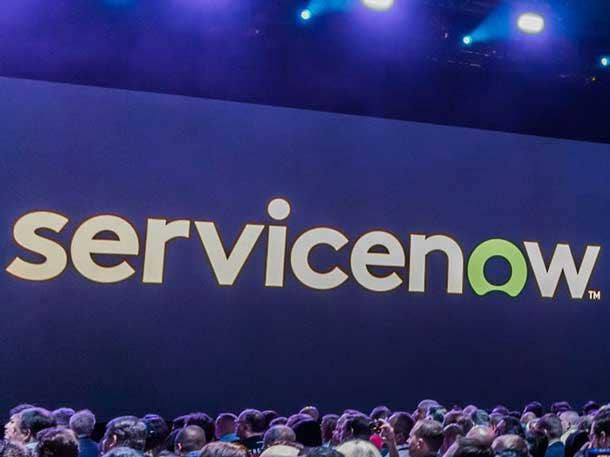
7. ServiceNow
Hybrid
Headquarters: Santa Clara, Calif.
ServiceNow promotes and encourages work flexibility while also looking for ways to reunite its team members in office to collaborate. The company has adopted a hybrid approach with the majority of its roles classified as flexible, 1 to 3 days per week in office, or remote. Employees are also given the option to work up to 30 days per year outside of their current assigned workplace location. The work from anywhere days do not have to be taken consecutively.
Stemming from employee feedback, the company also has consolidated space at certain offices so employees can gather across smaller square footage creating greater community, built out collaboration spaces in key cities worldwide to support both customer and employee experiences and added space in larger cities such as a new office in Hudson Yards in New York City.

6. Sherweb
In-office, hybrid and remote
Headquarters: Montreal
Sherweb has three different work modes: in-office, hybrid and fully remote, according to Michael Slater, heads of sales for Sherweb.
All of the different models come with perks, such as the company paying 100 percent of public transit costs for local employees who work in-office full time and paying for internet for fully remote workers.

5. SonicWall
Hybrid
Headquarters: San Jose, Calif.
SonicWall has shifted to a hybrid remote policy for employees who live within reasonable proximity to one of its offices, according to a spokesperson for the company.
It’s general policy is to be in the office Tuesday to Thursday in most locations, but it allows managers to develop individual policies that work best for their teams.
“Our approach so far has been less formal in that we invite employees to participate in office days by having specific events – team meetings, town halls, meals, etc. – that create a natural reason for them to come back to the office,” a statement from the company said. “Later in the year we anticipate moving to a more structured policy that requires being in the office on the days designated for each specific team.”
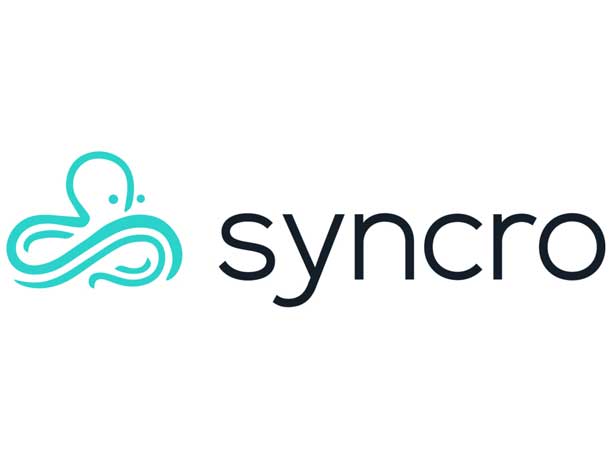
4. Syncro
Remote
Headquarters: Seattle
“We’re a fully remote company today and will be tomorrow,” said CEO Emily Glass. “We actually adopted the concept years before it became mainstream and have honed how to replicate in-office relationship building virtually - it’s built into our regular working cadence. Our employees appreciate the flexibility and we are able to hire the best talent and use more of our resources on improving the platform for our partners instead of on an office lease.”

3. Veeam
Remote or hybrid
Headquarters: Columbus, Ohio
“We’ve continued to allow employees to choose the most product option that works for them – whether that continues as WFH or a hybrid mode,” a spokesperson for the company said. “There are of course exceptions where being in an office is more beneficial for both the employee and Veeam, of course.”
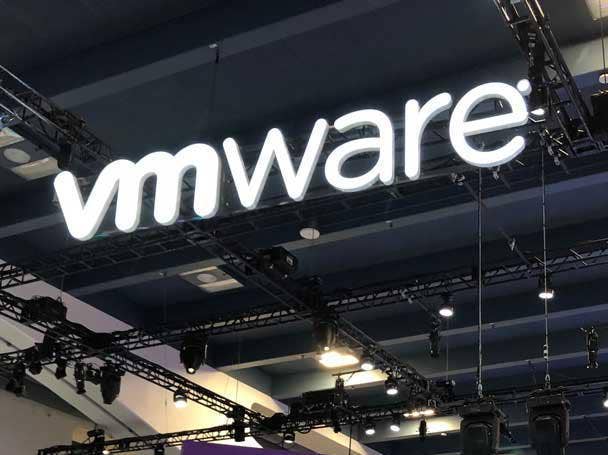
2. VMware
Remote Work
Headquarters: Palo Alto, Calif.
“VMware continues to build a dynamic, global workforce of the future where our people work from any location,” a spokesperson for the company said. “We believe this helps accelerate their productivity and helps to deliver the most innovative solutions for our customers and partners. We empower our employees with the right technology, collaboration opportunities and work practices to help them do their best work individually or together and to grow their career without limitations or boundaries. VMware is also committed to sustainable innovation and a distributed workforce, where employees have the flexibility to work remotely.”
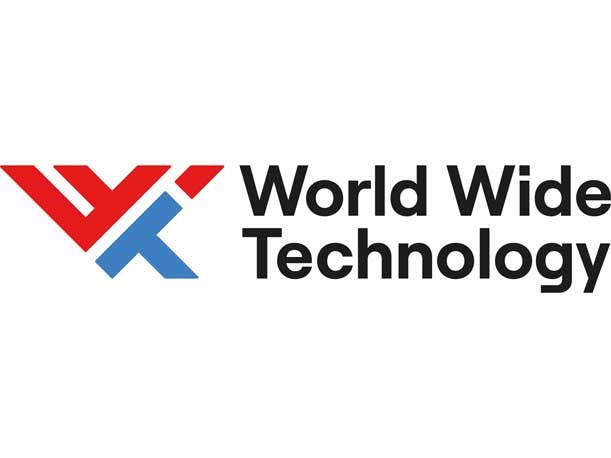
1. World Wide Technologies
Hybrid
Headquarters: St. Louis
WWT CEO Jim Kavanaugh said the company is “leaning into” allowing the workforce of about 8,000 employees to work virtually or hybrid for the foreseeable future, CRN reported last year.
The hybrid model aims to create an attractive work environment and to keep its employees from looking elsewhere.